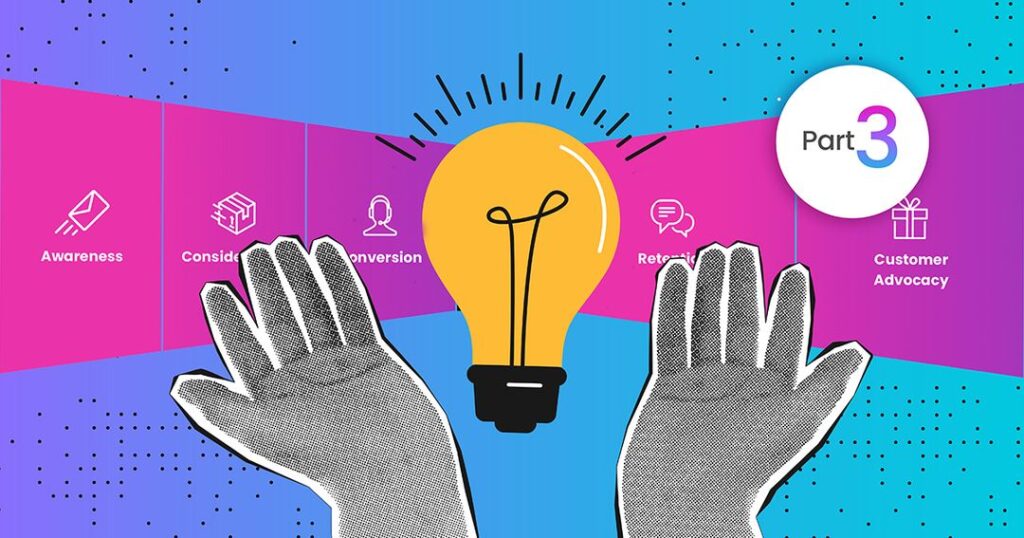
By The Printing for Less Team
In addition to using the plays and techniques discussed in our previous two posts, incorporating insights from subject matter experts across industries can help you develop comprehensive and effective customer lifecycle management strategies to drive growth, retention, and advocacy. Here are some key points that experts often emphasize:
- Customer Needs: Experts stress the importance of deeply understanding customer needs and preferences at each stage of the lifecycle. This involves conducting thorough market research, collecting data, and leveraging analytics to gain insights into customer behavior.
- Personalization: Effective customer lifecycle management involves personalizing interactions and tailoring offerings to meet individual customer preferences. Experts advocate for segmentation strategies based on demographic, behavioral, and psychographic factors to deliver targeted and relevant experiences.
- Relationships: Building long-term relationships with customers is a key aspect of lifecycle management. Experts emphasize the significance of nurturing customer loyalty through consistent engagement, exceptional service, and meaningful communication.
- Communication: Engaging customers throughout their lifecycle journey is critical for retention and advocacy. Experts recommend implementing multichannel communication strategies and leveraging automation tools to maintain regular touchpoints and provide valuable content and support.
- Feedback: Soliciting feedback from customers and incorporating it into product/service development and improvement processes is essential. Experts advocate for establishing feedback loops, conducting surveys, and actively listening to customer concerns to enhance satisfaction and loyalty.
- Additional Revenue: Leveraging cross-selling and upselling opportunities is another aspect of effective customer lifecycle management. It’s suggested that identifying complementary products/services and using targeted marketing and personalized recommendations to drive additional revenue from existing customers makes them stickier and more likely to be retained over time.
- Monitoring & Analysis: Continuous monitoring and analysis of customer lifecycle metrics are crucial for assessing performance and identifying areas for optimization. Experts stress the importance of tracking key performance indicators (KPIs), such as customer lifetime value, churn rate, and satisfaction scores to measure success and guide decision-making.
- Agility & Adaptability: Finally, experts emphasize the need for agility and adaptability in responding to changing customer needs and market dynamics. Customer lifecycle management strategies should be flexible enough to accommodate shifts in consumer behavior, technological advancements, and competitive landscapes.
Physical and Virtual
It’s clear that the most effective strategies are those that embrace the synergy between physical and virtual experiences. Direct mail, still often overlooked, emerges as a powerful tool in this fusion, transcending its traditional role and becoming a conduit for art, storytelling, information, and connection.
Direct mail, when executed with creativity and precision, can be an integral part of the customer journey. It transforms from mundane correspondence into personalized, engaging experiences that resonate with recipients. It’s not just about sending a piece of paper—it’s about forging meaningful connections and leaving a lasting impression.
In the realm of modern marketing, direct mail is no longer just mail, it’s a versatile medium that has the potential to elevate your brand, captivate your audience, and drive tangible results. So, embrace the power of direct mail, and unlock its potential to enhance every step of your customer’s journey. With modern, automated solutions, you can harness the full potential of direct mail to create memorable moments that extend far beyond the mailbox.
